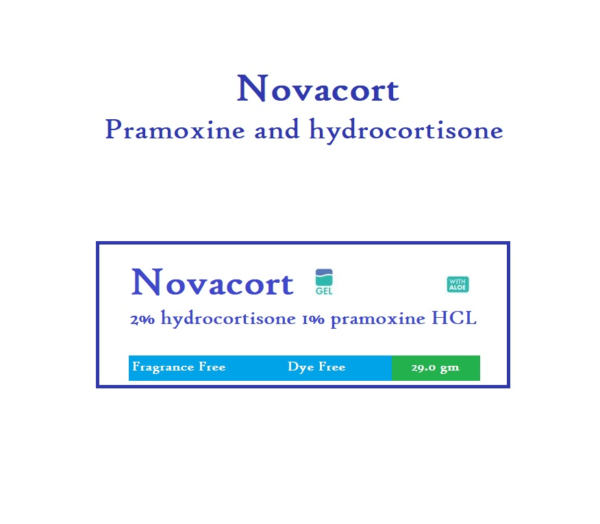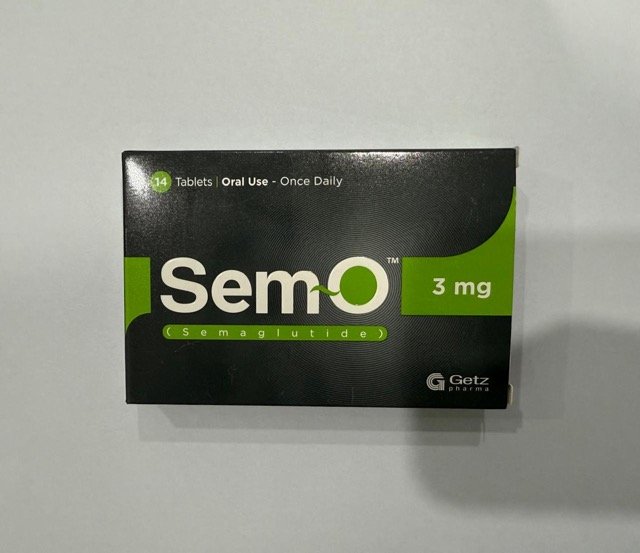Novacort (Pramoxine and hydrocortisone) is a combination of a local anesthetic drug and a corticosteroid. It is used to relieve inflammation, itching, and pruritis associated with local skin conditions such as eczema.
Pramoxine and hydrocortisone Uses:
-
Dermatoses:
- It is used for the symptomatic treatment of corticosteroid-responsive dermatoses. It relieves inflammation and pruritis associated with dermatosis and eczema.
Novacort (Pramoxine and hydrocortisone) Dose in Adults
Novacort (Pramoxine and hydrocortisone) Dose in the treatment of Dermatoses:
- Topical, rectal:
- Apply to affected areas three or four times a day.
Dose in Children:
Refer to adults' dosing.
Pregnancy Risk Factor C
- Corticosteroids have been shown to cause adverse pregnancy outcomes in animal reproduction studies.
- It was safe to use rectally to treat haemorrhoids during the third trimester.
- Also, refer to the topical hydrocortisone monograph.
Use of hydrocortisone and pramoxine during lactation
- Refer to topical hydrocortisone monograph.
Dose in Kidney disease:
There are no dosage adjustments provided in the manufacturer’s labeling.
Dose in Liver disease:
There are no dosage adjustments provided in the manufacturer’s labeling.
Side effects of Pramoxine and hydrocortisone Cream:
See Individual agents (Pramoxine and Hydrocortisone)
Contraindications to Novacort (Pramoxine and hydrocortisone):
Allergy to pramoxine, hydrocortisone, or any other ingredient in the formulation
Cautions and Alerts
-
Suppression of the adrenals:
- Hypothalamic-pituitary-adrenal (HPA) axis suppression may occur in young children and individuals receiving long-term high doses. Patients who have suppressed adrenal function are more vulnerable.
-
Immunosuppression:
- Long-term use or prolonged use of a large body surface may cause immunosuppression, which may make the patient more susceptible to fungal and bacterial superinfections.
- Superinfections are a sign that a patient should stop receiving treatment and seek proper antimicrobial treatment.
-
Contact dermatitis:
- It is possible to contract contact dermatitis, which can lead to a paradoxical worsening. It is important to stop using the treatment and get it under control.
-
Systemic effects
- Topical corticosteroids can be absorbed and cause side effects. Cushing's syndrome was reported in patients who were given higher doses of corticosteroids for a longer time.
- The occlusive dressing, long-term therapy, and the use of large areas of treatment can also increase absorption.
Pramoxine and hydrocortisone: Drug Interaction
Risk Factor C (Monitor therapy) |
|
|
Calcipotriene |
Calcipotriene's medicinal effects may be diminished by topical hydrocortisone. Management: If using hydrocortisone valerate in combination with calcipotriene, watch for diminished potency. To reduce the danger of this potential interaction, think about administering these drugs 10 to 12 hours apart. |
|
Corticorelin |
The therapeutic benefit of corticorelin may be reduced by corticosteroids. In particular, recent or ongoing corticosteroid medication may reduce the plasma ACTH response to corticorelin. |
|
Deferasirox |
Corticosteroids may intensify Deferasirox's negative/toxic effects. Particularly, there may be a higher risk of GI bleeding or ulcers. |
|
Methemoglobinemia Associated Agents |
Could make local anaesthetics more harmful or poisonous. In particular, there may be an elevated risk for methemoglobinemia. |
|
Ritodrine |
Corticosteroids may intensify Ritodrine's harmful or hazardous effects. |
Risk Factor D (Consider therapy modification) |
|
|
Hyaluronidase |
The therapeutic benefit of hyaluronidase may be reduced by corticosteroids. Treatment: Standard doses of hyaluronidase may not produce the desired clinical response in patients using corticosteroids (especially at higher doses). Hyaluronidase may be needed at higher doses. |
Risk Factor X (Avoid combination) |
|
|
Aldesleukin |
The anti-cancer effects of corticosteroids may be diminished by aldesleukin. |
Monitoring parameters:
- The development of Cushing's syndrome, hypercortisolism, and suppression of the HPA axis may all be kept an eye on in patients.
- In individuals with suspected hypothalamic-pituitary-adrenal (HPA) axis suppression, a urinary-free cortisol test and an ACTH stimulation test may be performed.
How to administer Novacort (Pramoxine and hydrocortisone)?
Topical:
- To the region, smear a light coating of sunscreen. To the affected area, apply a thin film.
- Occlusive dressings can be used for patients suffering from recalcitrant or severe psoriasis.
- The occlusive dressing must be removed if the skin becomes infected. Antimicrobial treatment should also be initiated.
- Patients need to be told not to wear diapers and form-fitting clothing.
Foam: Epifoam
- The medicated foam should be shaken vigorously for five to ten seconds before you use it.
- The medicated foam can then be applied directly to the affected areas or indirectly by being dispensed onto a pad.
- The container should never be inserted into the rectum or vaginal area.
- After each usage, the container and cap must be taken off and washed with warm water.
- Shake the lotion thoroughly prior to use.
Rectal: Proctofoam HC:
- Before using the rectal proctofoam, shake it vigorously for 5-10 seconds. It is important not to remove the cap.
- To fill the applicator, the container must be held straight up and gently inserted into its anus. Use the applicator supplied by the manufacturer.
- It's crucial to avoid putting any aerosol canister within the anus. Wash the applicator with warm water after use. Use the applicator to apply a tiny amount to the affected perianal area.
Mechanism of action of Pramoxine and hydrocortisone:
See individual agents (Pramoxine and Hydrocortisone)
International Brands of Pramoxine and hydrocortisone:
- Analpram HC
- Epifoam
- Analpram Advanced Kit
- Analpram E
- Novacort
- ProctoFoam HC
- Epifoam
- Pracort
- PramCort
- Pramosone
- Pramosone E
- ProCort
- Prasone
- Proctofoam
- Proctofoam HC
Pramoxine and hydrocortisone Brand Names in Pakistan:
No Brands Available in Pakistan.







